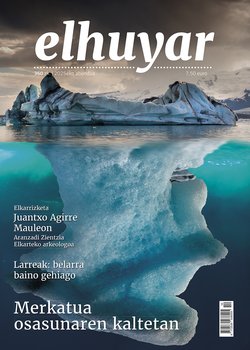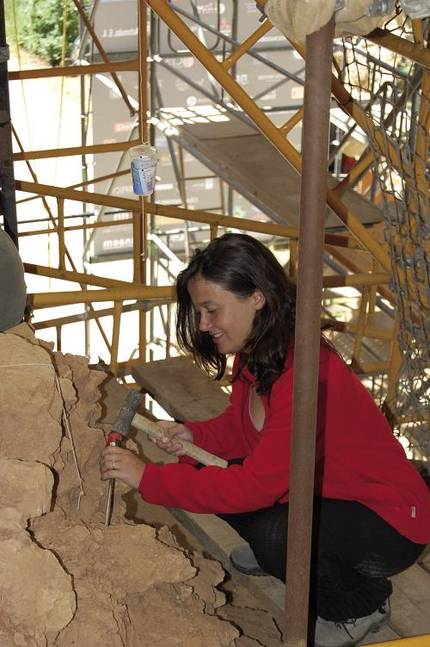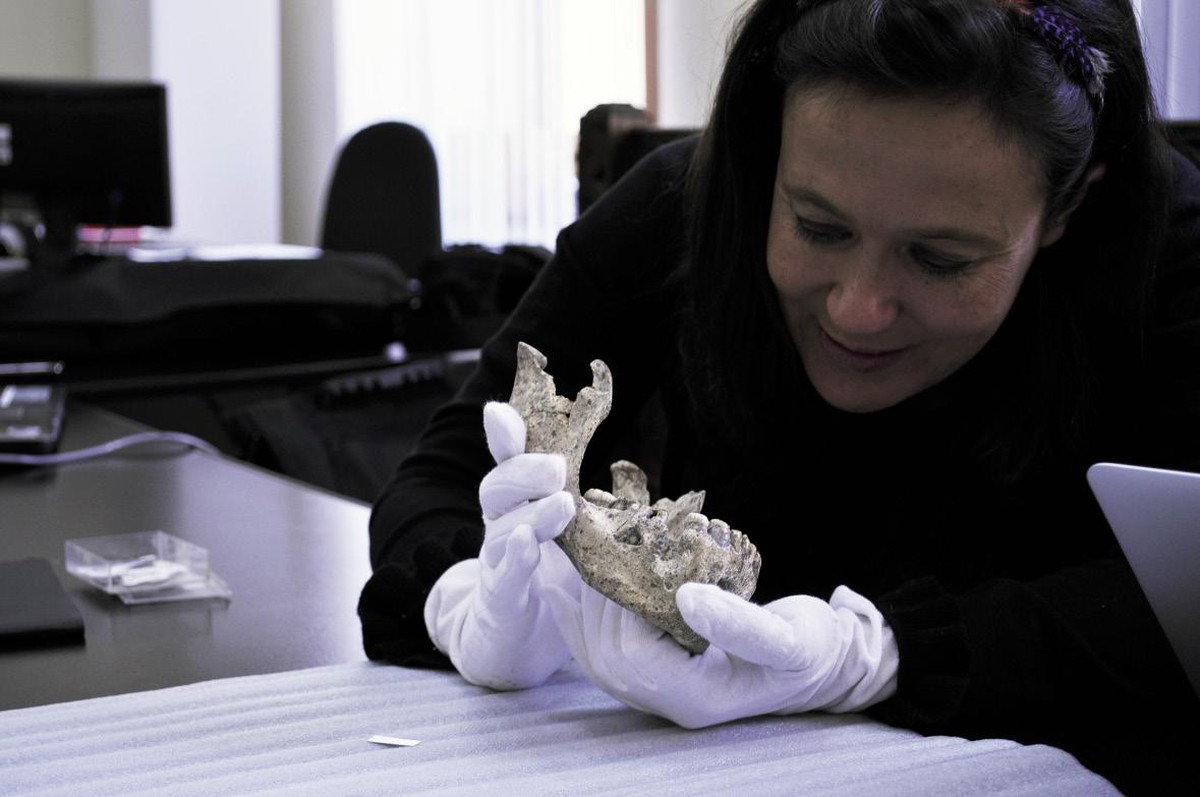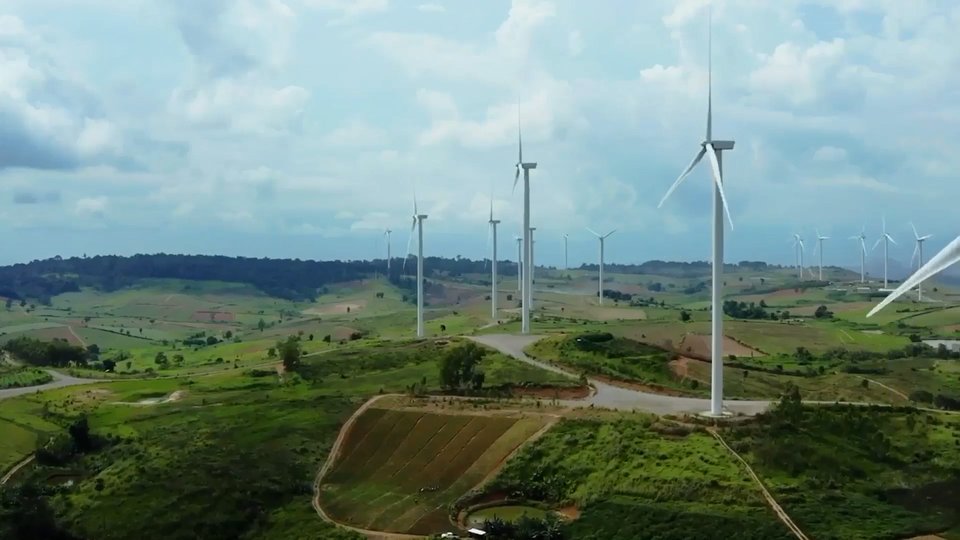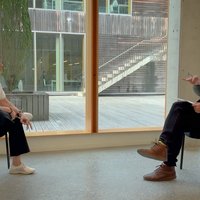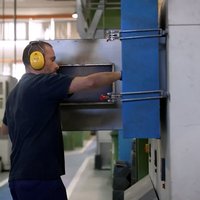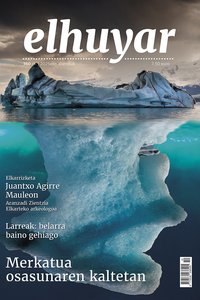“For me teeth are precious stones; although they are relatively small, they have a special value”
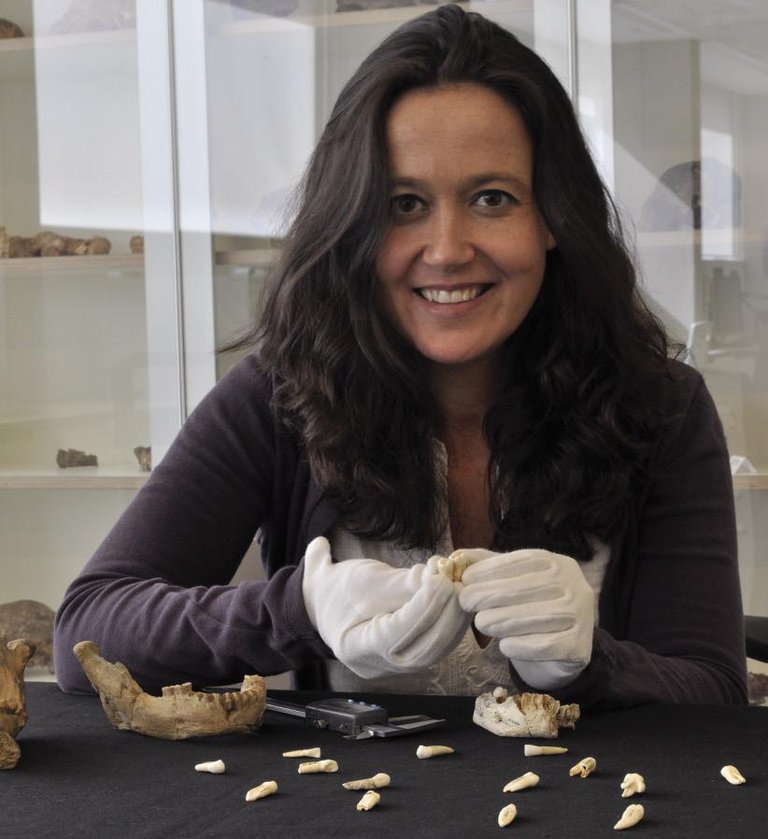
For almost the same years, this is my 18th excavation campaign. Since 1998 I have an inescapable appointment with the Atapuerca site. For some, the summer landscape is beach and sun. For me it is one of the deposits, the most grotesque stratum of the Gran Dolina, that of the series of hundreds that take us dressed in green and greet us yellowish, and the most endless sky of Castile on them. I am hooked to this land, to this activity, to the telluric energy emitted by these lands with almost a million years of buried life. In few places there is so much accumulated “life”.
I always think that, in joke, the friends of psychopaths and spiritism would have to come to places like the Great Dolina with the board of ouijas, since here, in the same place, in the same coordinates, the experiences of people who have lived for a million years are collected. In some cases, as in the TD6 of Gran Dolina, there have also been dramatic deaths, since their accumulation is due to cannibalism and almost all the victims were children. Will echoes and spirits be reflected with more energy than here? I don't believe.
Yes, during these 18 years I have closely followed the Homo antecessor. I have seen it grow and mature as a species and I would like to think that with my work I have helped that adolescent to be known and strengthened. Over the years we have modified our hypotheses, and thanks to the new fossils and studies we have known, we now think that the origin of the first European populations is not African, but Asian. Precisely, the research we are carrying out in China, together with its researchers, helps us to better understand the relationship between the Homo antecessor and the Asian populations.
It is difficult to say one. It has been especially exciting for me to find human remains in the Elephant Osine. Through this deposit, there was already suspicion that in Europe there were human beings 1.2 million years ago, but it was indirect evidence (signs of cuts in bones, few instruments of primitive appearance) that did not have enough strength to convince a skeptical scientific community that believed that man arrived in Europe half a million years ago. The discovery of the corpse was a definitive proof! In addition, first appeared a single tooth (which would later appear), so I had the opportunity to enjoy the responsibility of identifying myself as human, the oldest man in Europe.
Teeth are the most abundant parts of the fossil record and those that are best preserved thanks to the tissues that form them, mainly by glazes. They resist better than any other skeletal part the passage of time and fossilization processes. They also provide useful information in many areas.
They serve to draw conclusions about diet, episodes of disease and individual stress during growth (by means of a defect in enamel called hypoplasia), development (there is a great correlation between dental growth and rash and growth of a species), taxonomy and phylogeny. The latter is due to its high genetic component, both in the size of the teeth, and in the morphological aspects of them, such as the number of summits, their position with respect to others or the aspect of the root, which allows us to know which group this individual belongs to (taxonomy) and their relationship with other human species by their similarities and differences (phylogeny). For me teeth are precious stones. As with precious stones, they are relatively small, but have exceptional value.
Genetic studies provide new advances and data sources and in recent years have given us many surprises, such as the hybridization between H. sapiens and H. neanderthalensis has not been widespread, but neither extraordinary, or the discovery of a “new species”, the denisoveses, of which we have its genome but not fossils to compare it with other species known through fossils.
It is true, however, that there is still an unresolved problem, and it is the “reconciliation” between genetic evidence and fossil evidence on the date of separation between modern and Neanderthal men. Genetics suggest that this separation occurred about 500,000 years ago, but fossils claim that a million years ago there was an ancestor of both.
Yes, and in this research also the teeth have been the main protagonists. In any case, we must be cautious with the taxonomic effects that we extract from fragmented or rare footprints, especially because, as I said before, teeth can also show adaptations to the diet and not necessarily kinship. To distinguish well what they reflect, it would be best to have more and more complete fossil remains.
On the other hand, I find it certainly interesting that in the two-month period several publications coincide that refer to a period of between 2 and 3.5 million years and that demonstrate a great diversity of hominids in Africa. On the one hand, the possible news of australopite (A. deyimereda), which would have coincided in time and place with the species of Lucy, A. afarensis; on the other, the discovery of the oldest instruments, 3.3 million years, in Kenya; and finally, the identification of the oldest species of the genus Homo in Ledi Gerarun (Afar, Ethiopia). They all show that the end of the Pliocene and the beginning of the lower Pleistocene was a busy and lively time, with many keys to understanding the genesis of the first human beings.
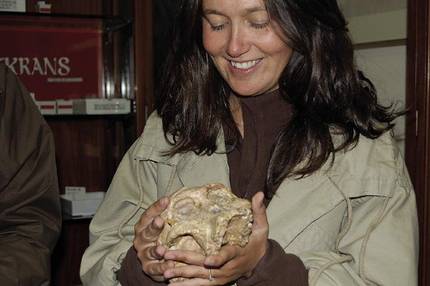
Yes, the collection of the Osin of Bones, with thirty skeletons of the Middle Pleistocene (430,000 years), is being a real treasure to reconstruct the History with capital letters, as regards the origin of human species, in this case the Neanderthal. But also to reconstruct the minuscule story of an individual and his death. Interdisciplinary works, including forensic techniques, allow us to tell History through stories, bringing relatives who lived half a million years.
That is. The challenge now is to determine when humans occupied the place and to know to what extent the only fulfillment is, or whether they came from time to time, that is, only when weather conditions allowed, disappeared or returned to places in better conditions. For this, geocronological studies are fundamental and, in this sense, we are currently working on a survey at the base of Dolina. It is already 10 meters deep and will be key to determine when and under what conditions the hominids took the environment of Atapuerca.
A lot, and that's good. Science advances by proposing hypotheses, that is, by asking. I want to know who exactly the human being we have found in the Elephant Osina is. Prudently, Homo sp. We have named it and I want to know how it relates to H. antecessor (if they are of the same species, if they are brothers, father and daughter...) and delve into the supposed Asian origin of H. antecessor.
Find more fossils, no doubt. The fossil record is very scarce. In fact, 99.5% of the fossils of the lower European Pleistocene come from Atapuerca and more than 80% of the medium Pleistocene fossils worldwide.
We are very interested in knowing well the species H. antecessor and its role in the creation of H. sapiens and H. neanderthalensis. To do this, we are suppressing information that can be obtained from fossils, with the most advanced imaging techniques, such as computed axial microtomography, that allow us to see the inside of fossils without destroying them. We are “stripping” the fossils, exploring their intimacy.
Studies on science, culture and, urgently, human evolution are part of the heritage and are signs of human identity. For me, an obligation is to share any progress that enriches and reinforces our evolutionary “virtues”. In addition, social networks have a special charm, something very typical of our species: the possibility of relating and relating to strangers. Other primates do not.
It is a very difficult question. My dream is already being fulfilled, for three decades, since I decided to be a scientist and I could be a scientist. My dream is to help others fulfill their own. That is why I find it essential to participate in teaching and outreach. Let others also have my choices.
As a special dream... soño again with reaching the TD6 of the Great Dolina and find the traces of a cannibal banquet.
Buletina
Bidali zure helbide elektronikoa eta jaso asteroko buletina zure sarrera-ontzian


